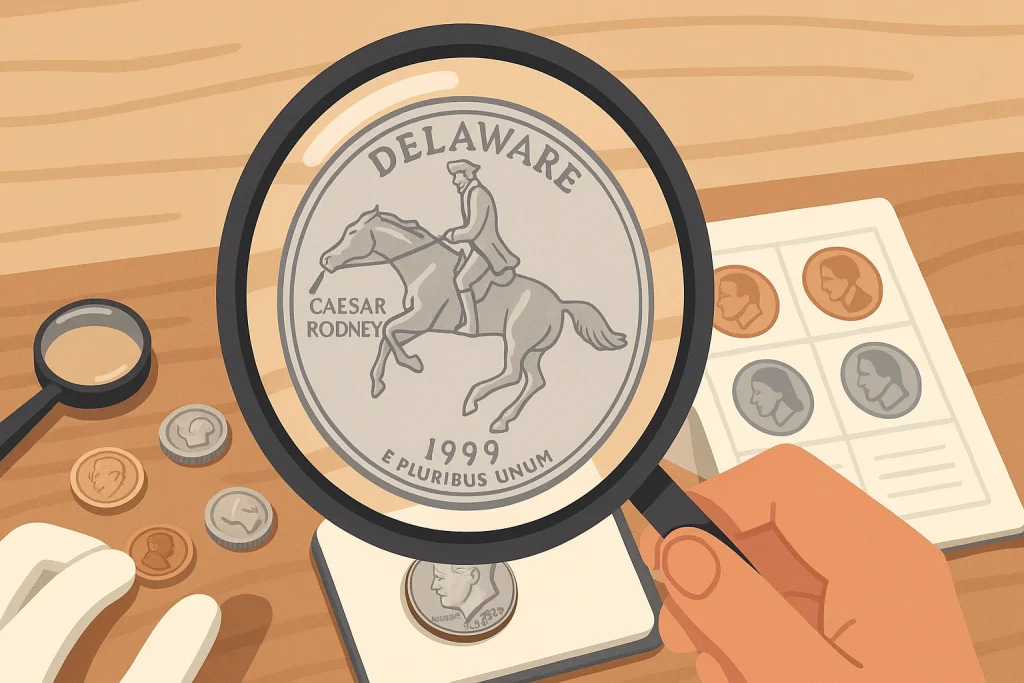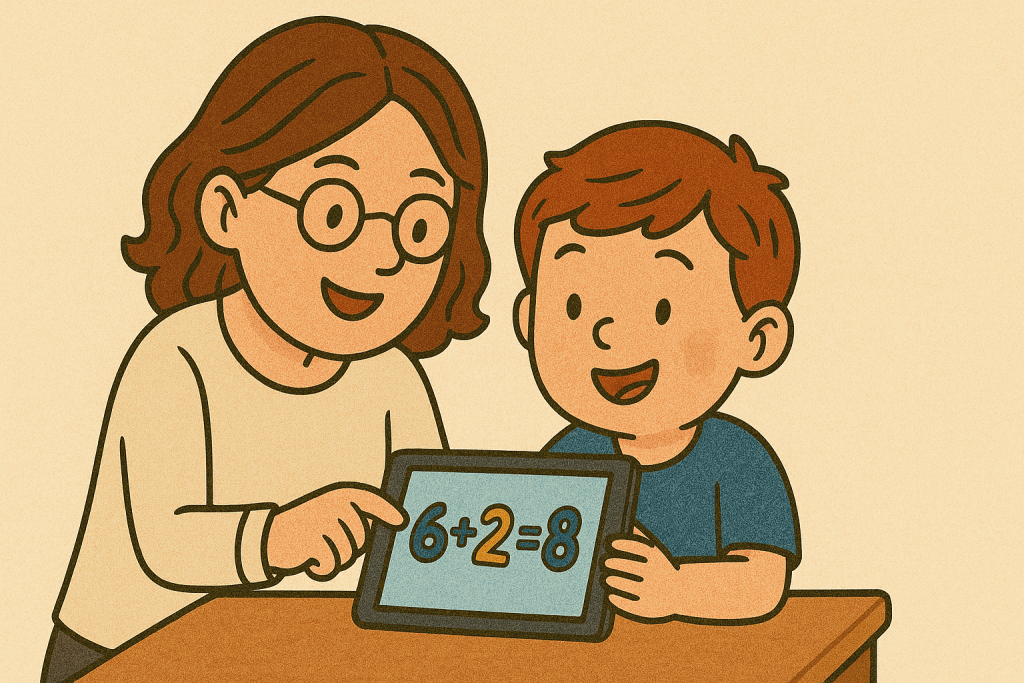Euro – Hunting: How to Distinguish Rare Coins and Not to Miss Valuable Specimens
While traveling around Europe, we carry dozens or even hundreds of euro coins in our hands. We exchange them for coffee, souvenirs, tickets and rarely give them much importance. But the paradox is that among the usual coins there are real finds – limited edition issues, rare jubilee series, and sometimes copies that collectors are ready to buy for dozens or even hundreds of euros. They look ordinary – no luster, patina or suspiciously ancient appearance. Just one of the coins in the wallet may turn out to be more interesting than it looks.
But here is some good news: what earlier used to require in-depth knowledge and catalogs is now solved in seconds. Digital coin identification tools allow you to not just recognize a coin, but also assess its current value, rarity and potential. This is especially true when you are on the road, do not have any reference books at hand, but do not want to miss an interesting find. So, meet Coin ID Scanner that offers access to numismatics in its practical, applied format – especially when it comes to everyday currency used by millions.
Why Euro Coins Are More Interesting Than You Think
When traveling through Europe, most people treat euro coins as just spare change – a means to grab a coffee or pay for a museum ticket. But look a little closer to realize that not all euro coins are created equal. Some are minted in tiny quantities, some were made for a special occasion, and a few are so rare that collectors actively search for them.
Here is why euro coins are worth a second glance:
- Each country has its own designs. Even though it’s a single currency, each euro-using country mints its own coins, often with unique local symbols, landmarks, or figures.
- There are special editions. Commemorative €2 coins are issued to mark anniversaries, cultural events, and historical moments – and some are worth far more than face value.
- Low mintage but high value. The fewer coins produced in a given year or design, the more desirable they become to collectors.
- Some are accidentally valuable. Errors in minting or misprints make certain coins unexpectedly rare and sought after.
- You could find them anywhere. A coin from a small country like San Marino or Vatican City might end up in your hand while paying for lunch in Amsterdam or Paris – that is the magic of a shared currency.
What used to be a niche hobby now feels like a low-key jewel hunt for the curious traveler.
What to Look For: Simple Clues That a Coin Might Be Valuable
Not every coin will be worth keeping, but there are a few easy signs that should grab your attention, even if you are not a numismatics expert. Start by checking the following:
| What to Check | Why It Matters | Real Examples |
| Country of origin | Microstates (Monaco, San Marino, Vatican) issue very limited numbers of coins, making them rare. | – €2 Monaco (2007), Grace Kelly – one of the rarest euro coins, worth up to €2,500 in UNC/Proof grade.- €2 San Marino (2004), Bartolomeo Borghesi – can reach up to €180 in BU/Proof condition. |
| Unusual designs | Commemorative coins are minted in lower quantities and attract collectors. | – €2 Finland (2004), EU Enlargement – first commemorative issue, worth around €40 in UNC garde.- €2 Germany (2006), Schleswig-Holstein – standard coins are common (€2–5), but rare mint mark variants can be worth €30+. |
| Date of minting | Coins from low-mintage years are harder to find and may carry higher value. | – €2 Portugal (2008) – relatively low mintage, value up to €25 in UNC.- €2 Ireland (2002) – early BU/proof sets can be worth up to €50, but regular circulation coins are generally €2–3. |
| Condition | Mint or near-mint coins are always more desirable to collectors. | – €2 France (2008): in VF (Very Fine) condition it may fetch €3–5, while in UNC or BU condition it can reach €20+. |
| Edge inscriptions | Special lettering can indicate commemorative status or unique country editions. | – €2 Luxembourg (2009) – features a unique edge inscription compared to regular issues, increasing collectibility. |
Sure, the more you travel, the more familiar euro coins become. You start recognizing common faces, designs, and dates almost automatically. But when it comes to spotting the truly rare ones, especially subtle differences like mint marks or edge inscriptions – a sharp eye is not always enough. Thankfully, there is no need to rely on suggestions, as smart tools today are built to do the heavy lifting for you.
Coin ID Scanner: Your Travel Companion for Coin Hunting
You don’t need to carry a thick coin catalog in your backpack or guess whether a €2 coin from Portugal is worth something. The Coin ID Scanner app brings instant coin identification, condition checking, and estimated value straight to your phone – wherever you are in Europe.
The way it works is quite simple: you just open the app, snap a photo of the coin (front and back), and let the system do its job. Within seconds, it gives you details like year, origin, rarity, and an estimated market value based on condition. For travelers, that is an enormous advantage: no more guessing or missing out on coins that look ordinary but aren’t.
The app is especially helpful for:
- Beginners who want to understand what they’ve found without needing to study numismatics.
- Collectors on the go who might spot interesting coins while shopping or sightseeing.
- Parents with curious kids turning everyday payments into small learning adventures.
- Digital nomads and travelers who enjoy exploring local currency with a deeper sense of curiosity.
What makes Coin ID Scanner extraordinary is its clarity and accuracy. The interface is easy to use, the identification engine is fast and constantly updated, and it doesn’t just stop at telling you what a coin is – it tells you what it is worth right now. This information is incredibly useful when you decide whether to keep, trade, or even sell the particular coin.
And perhaps the best part? You are building a collection effortlessly – with all your scans saved, organized, and accessible anytime. What used to be a task for specialists now becomes an engaging, tech-friendly experience for travelers and interested people of all kinds.

How to Use Coin ID Scanner in Real Life
Imagine, you just paid for coffee in Utrecht and got a few coins in change. One €2 piece looks a bit different. But now instead of guessing, you open Coin ID Scanner. Within seconds, you learn it’s from Andorra – limited mintage, collectible. Now you know: this one is worth keeping.
Another day, you are walking through a flea market in Delft. A vendor has a jar of random coins. He has no idea what’s inside – but you’ve got the app. You scan a few, and there it is: a €2 Vatican commemorative coin hiding among the rest.
Maybe you are just sorting coins from your trip across Europe. Some look familiar, others don’t. Coin ID Scanner helps you quickly compare, spot rare examples, and decide if pieces are worth keeping, trading, or even selling. One tap, and you are not just looking at spare change – you are holding a piece of something more meaningful.
Worth a Second Look
Rare euro coins aren’t just for experts – they are already in your wallet, pockets, or market finds. All it takes is a few seconds and the right tool to spot them. With Coin ID Scanner, you don’t need to guess or study catalogs. Just scan, learn, and decide what to do next. Ready to start your own coin hunt? Download the app and see what you are missing right now.
| M | T | W | T | F | S | S |
|---|---|---|---|---|---|---|
| 1 | 2 | |||||
| 3 | 4 | 5 | 6 | 7 | 8 | 9 |
| 10 | 11 | 12 | 13 | 14 | 15 | 16 |
| 17 | 18 | 19 | 20 | 21 | 22 | 23 |
| 24 | 25 | 26 | 27 | 28 | 29 | 30 |





